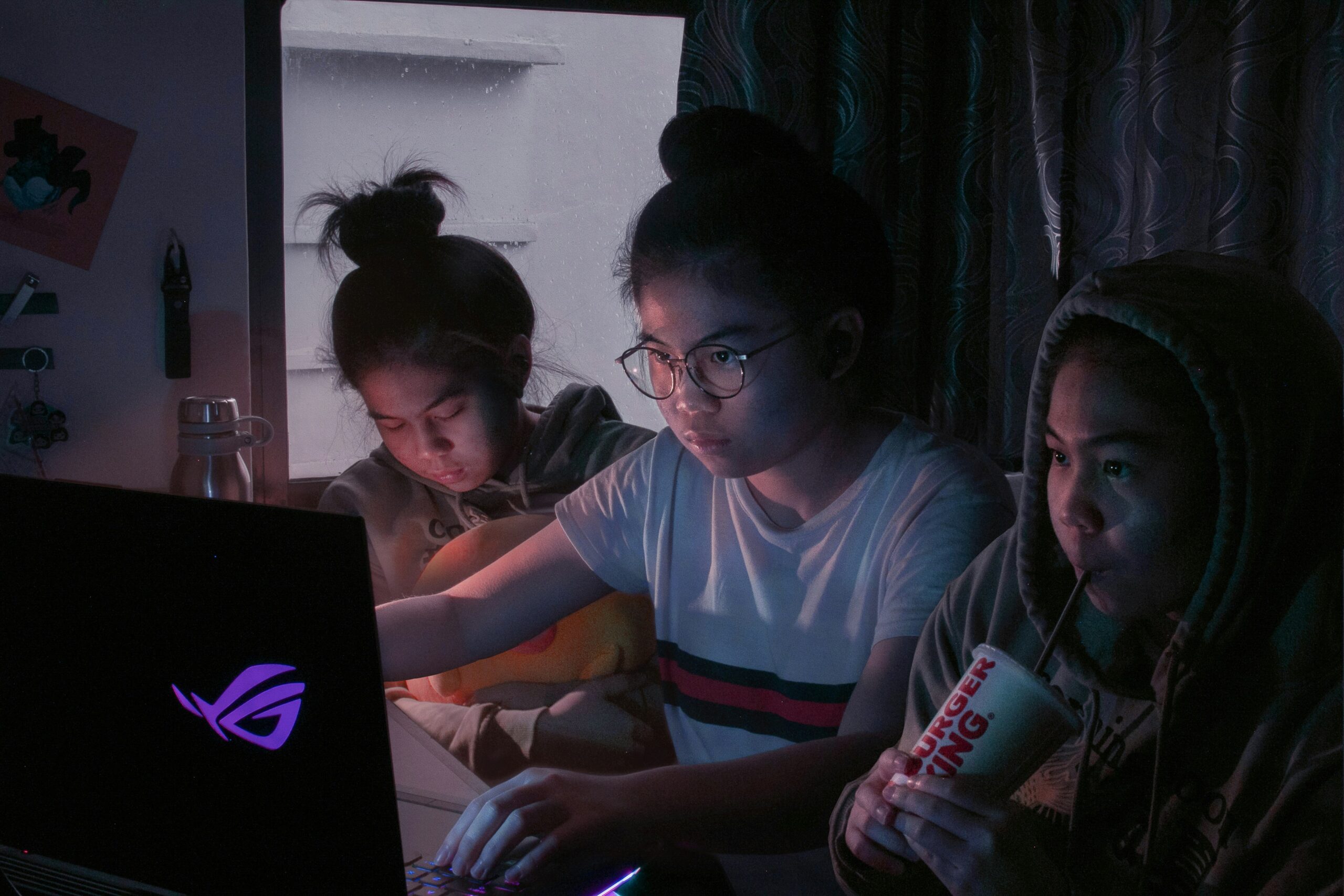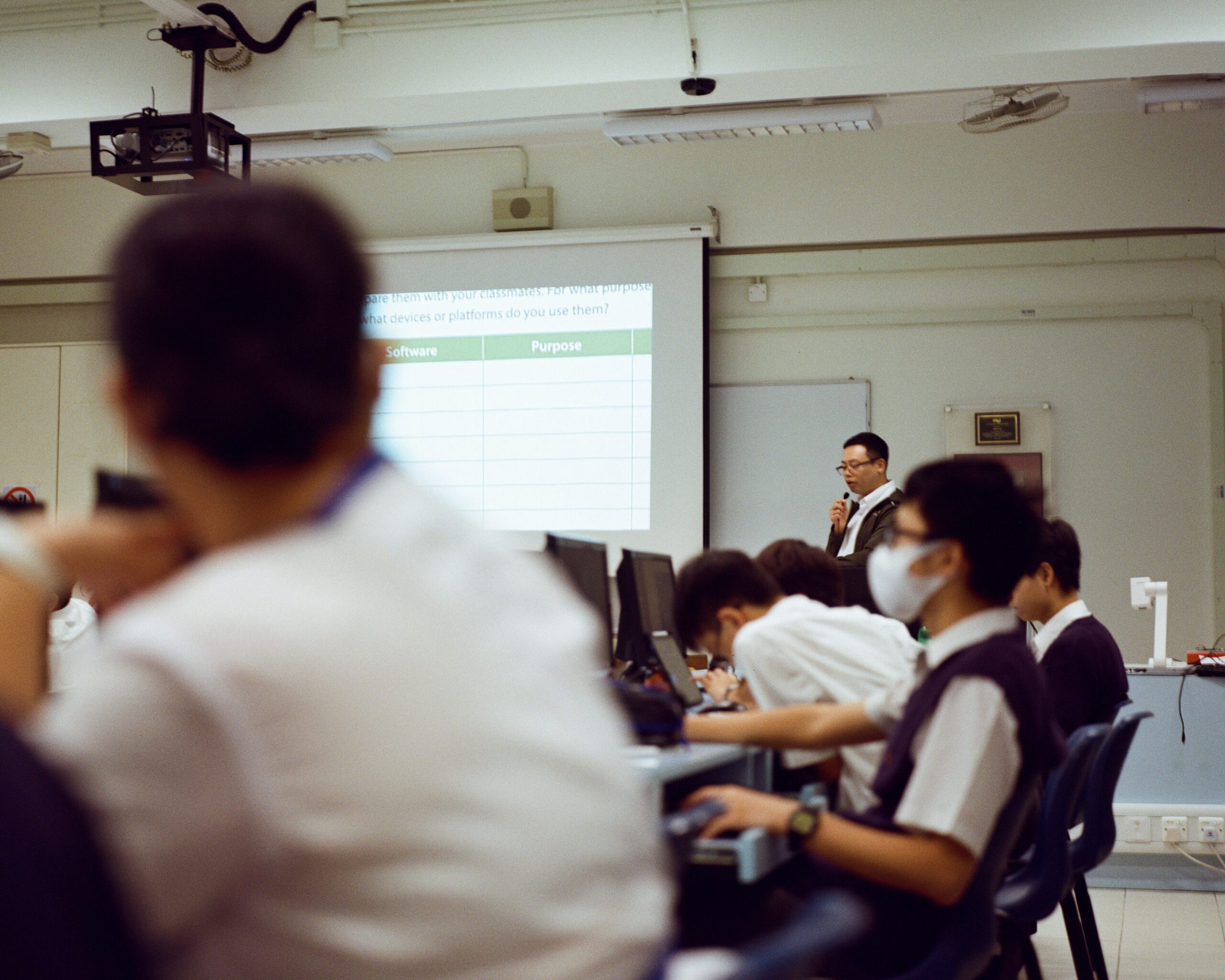In an increasingly digitized world, understanding the impact of screens on children and young people has become a key issue. This article aims to provide practical, scientifically-based advice for a balanced use of these digital media.
How to limit screen time among young people
Recommendations for limiting screen time
To limit screen time, it's essential to establish clear, consistent rules. Encouraging off-screen activities, such as sports or reading, can also help reduce screen time.
The health effects of overexposure
Overexposure to screens can lead to sleep disorders, obesity and eyesight problems. Proper management of screen time can help keep children physically healthy. It can also lead to delays in the development of children's social and cognitive skills.
Alternative activities for young people
Sports, the arts and board games are excellent alternatives to screens. They encourage physical and cognitive development, as well as social interaction.
Strategies for promoting health while using digital devices
Using screens for educational and creative activities can be beneficial. In such cases, it's important to choose appropriate content and to ensure that screens are used actively rather than passively.
Tips to help children use screens in a balanced way
Adults have a duty to encourage children to be critical of the content they consume, and to balance screen time with other activities. Parents play a key role as role models. They should therefore adopt a moderate use of screens.
What are the recommendations for a balanced use of screens by children?
Recommended time limits for different ages of children
Here's a guide to screen exposure recommendations for children and teenagers, by age group:
- Before age 3: It is strongly recommended to avoid all exposure to digital media for this age group, and zero screens before this age.
- Ages 3 to 6: Very limited exposure, just a few minutes a day, can be envisaged, mainly for educational activities. However, it is preferable to minimize exposure to screens.
- Ages 6 to 9: Screen time should be limited to one hour a day, with priority given to educational content and parental supervision.
- Ages 9 to 12: The use of screens for educational purposes is acceptable, without Internet access and always under adult supervision. It's important to find the right balance between screen time and other activities.
- Ages 12 to 16: Restricted, controlled access to the Internet is permitted, but must always be supervised by an adult.
- Ages 16 to 18: Adolescents can enjoy greater autonomy in their use of the Internet, as long as it is geared towards educational and informative purposes. Constant adult supervision is no longer required.
Types of content suitable for children
Interactive programs that stimulate creativity and learning are to be preferred. They should also be adapted to the child's age. Violent or inappropriate content should be avoided.
Tips for parents to encourage their children's moderate use of screens
In addition to leading by example, parents are encouraged to discuss the dangers as well as the benefits of screens openly with their children. Furthermore, setting clear rules leads to thoughtful use.
Strategies to promote healthy development in a digital world
Living in a digital world offers many opportunities. However, promoting healthy development among young people is essential. This requires, among other things:
- Discuss appropriate rules and schedules.
- Encourage them to take responsibility for managing their screen time.
- Encourage a variety of activities away from screens.
- Set an example by using screens in a balanced way.
- Online safety education.
- Focus on online creativity.
- Maintain open communication.
- Keep a close eye on their use.
How can we help teenagers adopt healthy screen habits?
Screen time recommendations for school-age adolescents
School-age teenagers should limit their screen time to about an hour a day, and concentrate on balanced, educational activities. These recommendations are in line with health guidelines for a healthy lifestyle.
The effects of digital media, social networking and video games on adolescent development
Excessive use of digital media, including social networking and video games, can have adverse effects on adolescent development. These include sleep problems and attention disorders. Mental health impacts are not negligible, such as depression and anxiety.
Tips to encourage moderate use among teenagers
It is necessary to support parents in setting appropriate limits by providing educational resources and models of moderate behavior. In addition, open communication between parents and children should be encouraged.
What are the best practices for sensible screen use among young people?
The importance of open dialogue between parents and children about screen use
Open dialogue between parents and children is essential to ensure healthy screen use. It not only helps to understand children's needs and concerns, but also builds trust.
Techniques for balancing screen time with other activities
These techniques include setting fixed schedules, identifying alternative activities and self-regulation. These approaches can help young people to manage their screen time more thoughtfully and responsibly.
Initiatives to control the impact of screens on young people :
The role of digital platforms :
Digital platforms play a key role in managing young people's use of screens. They provide parental control options, privacy settings and regulate inappropriate content.
Available tools :
Various tools, such as parental control software, content filters and screen time tracking apps, are available to adults to supervise and control children's use of digital media. These free or paid applications are available on the market for Android, iOS and Windows.
Regulations in force :
Certain government regulations concerning online advertising targeted at children, online privacy protection and content warnings aim to reinforce young people's safety on the web.
In France, several measures have been taken in recent years to improve control over children's screen time, including :
- A ban on cell phones in middle schools.
- Reinforcing the responsibility of content distributors.
- Encouraging parents to be more active in monitoring their children's phones.
What are the benefits of moderate screen use among young people?
The positive impact of mindful screen use on young people's cognitive skills
Moderate consumption has a positive impact on young people's cognitive skills. It encourages the development of skills such as problem-solving, creativity and critical thinking. Integrating educational and interactive activities on digital devices helps improve their cognitive abilities. Striking the right balance then helps to maximize cognitive benefits and conversely minimize potential risks.
The benefits of harmonious use on young people's social interactions
A harmonious use of screens is beneficial for face-to-face social interactions. It thus leads to the development of essential social skills such as communication, conflict resolution and empathy REF [^1^], REF [^2^].
The learning opportunities offered by healthy screen use among young people
Healthy use of digital media can offer countless learning opportunities. This includes access to educational resources as well as online courses, and interactive tools that reinforce academic skills REF [^3^].
The benefits for young people's mental health
Thoughtful screen use is linked to better mental health, as it can serve to reduce stress, promote emotional well-being and encourage healthier sleep patterns REF[^1^], REF[^2^].
The benefits of thoughtful screen use for young people's overall development
Moderate exposure to screens can contribute to young people's overall development. Their cognitive, social and emotional skills will then be strengthened, preparing them for a digital future REF [^3^].
In conclusion,
Balanced use of screens by young people and children is essential to ensure their holistic development. The recommendations, strategies and tips mentioned in this article aim to help parents, educators and young people navigate a digital world in a healthy and enlightened way. It is imperative to maintain an open dialogue, set appropriate boundaries and promote harmony.
The information provided in this article is for educational and informational purposes only. Readers are advised to consult health, education or psychology professionals for specific advice on the use of screens by young people.
References









